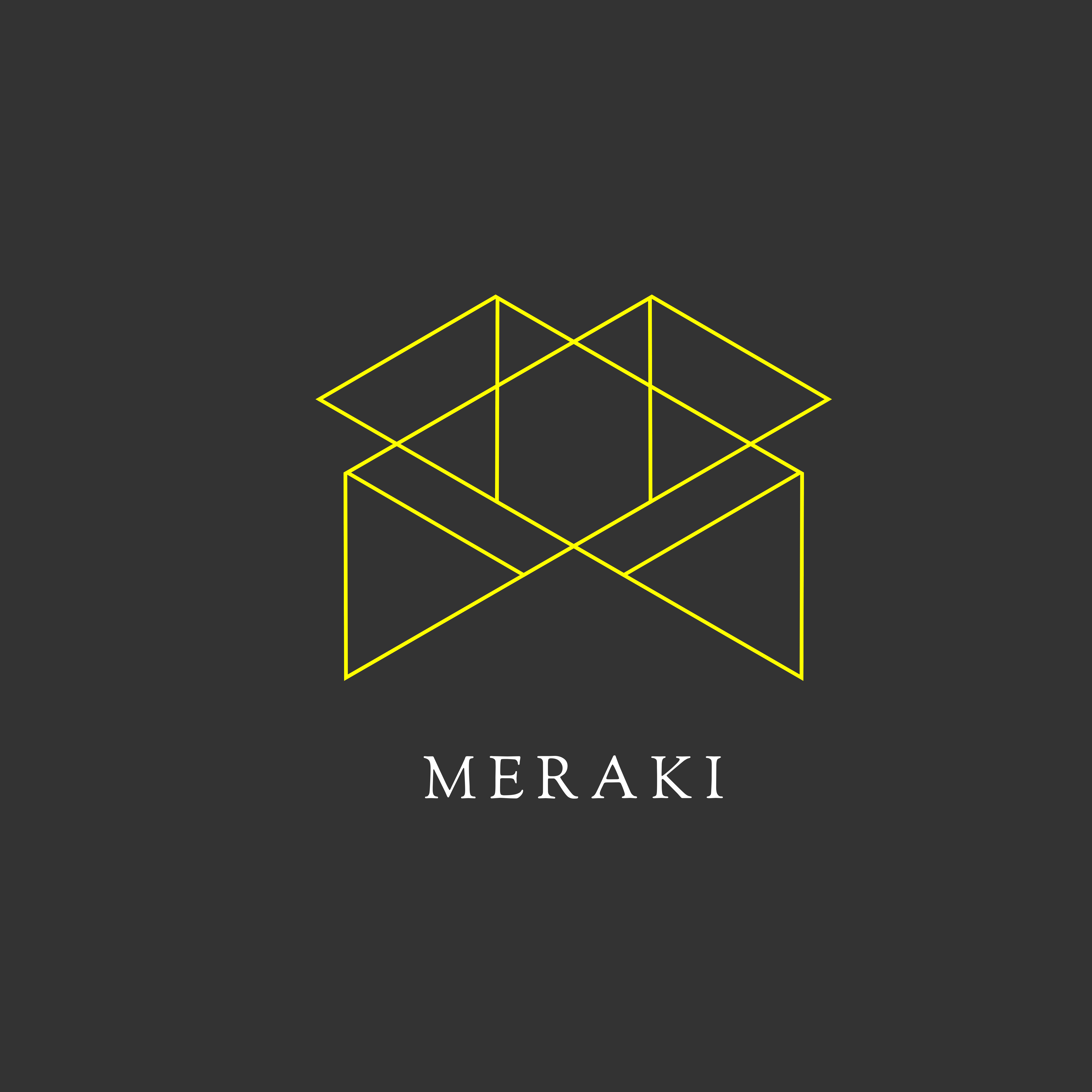Data communication is the transfer of data from one device to the next via the use of a transmission medium. It can be accomplished using wired media like twisted pair cable, coaxial cable, or wireless media such as optic fibers or radio waves. The data needs to be encoded, then encapsulated and transmitted by the device sending it, then decoded and removed from the device that is receiving it. This process is similar to the analog transmission process, however, it is more complicated and focuses on binary data (1s and 1s and).
To boost efficiency within an business, companies are utilizing data communication to share data more effectively with dispersed users. For instance, a car manufacturer had to relay information to 6’000 inexperienced and dispersed dealers of spare parts in order to align stock with demand and decrease waste products. This required communication over an internet network that wasn’t designed for data communications and the use of a mobile app that was difficult to navigate for novice users.
Effective data communication starts with understanding your audience and how they perceive the data. It involves creating visualizations to help tell the story, providing contextual information, and articulating insights with a clear narrative. It also involves tailoring content to the specific audience based upon their hierarchy, technical knowledge and level of interest. In addition, it requires expanding the boundaries of imagination to make data communications more memorable and memorable.
